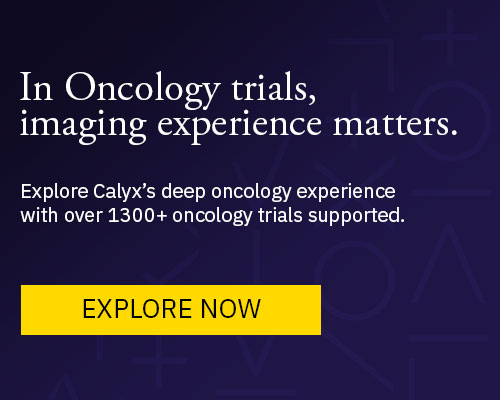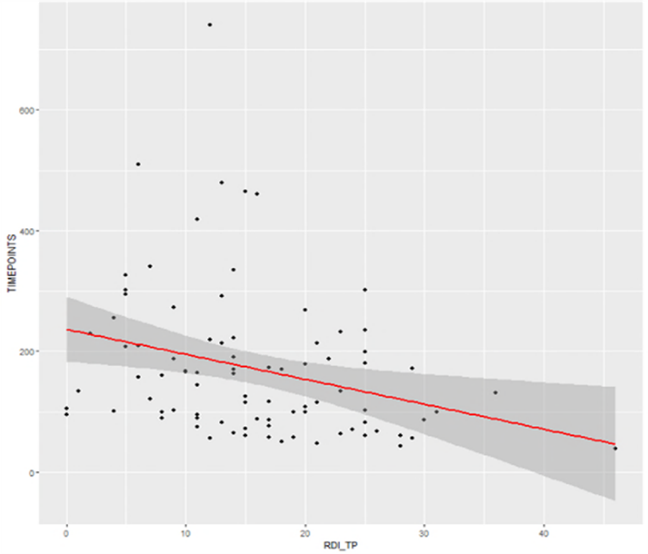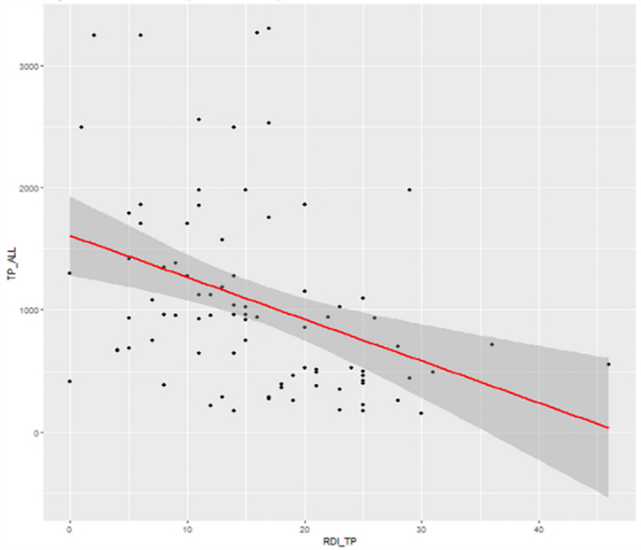When medical imaging is used as a clinical trial biomarker, it’s critical that you select a centralized core lab provider whose experience, capabilities, and approach to medical imaging will help you meet your development objectives, whatever they are.
This applies whether you’re a small biotech needing reliable imaging data to demonstrate your compound’s potential as you seek funding to advance your research and/or to license it to a development partner. Or if you’re one of the world’s largest pharmaceutical companies needing data from a pivotal phase III study to demonstrate safety and efficacy as you seek regulatory approval. And every scenario in between.
Regardless of your objectives, when imaging data will make the difference between success and failure, you can trust Calyx Medical Imaging to help you succeed. Here we present different scenarios in which the scientific expertise, operational experience, and dedication of Calyx’s Medical Imaging team helped researchers on completely opposite ends of the clinical development spectrum achieve their development goals.
































